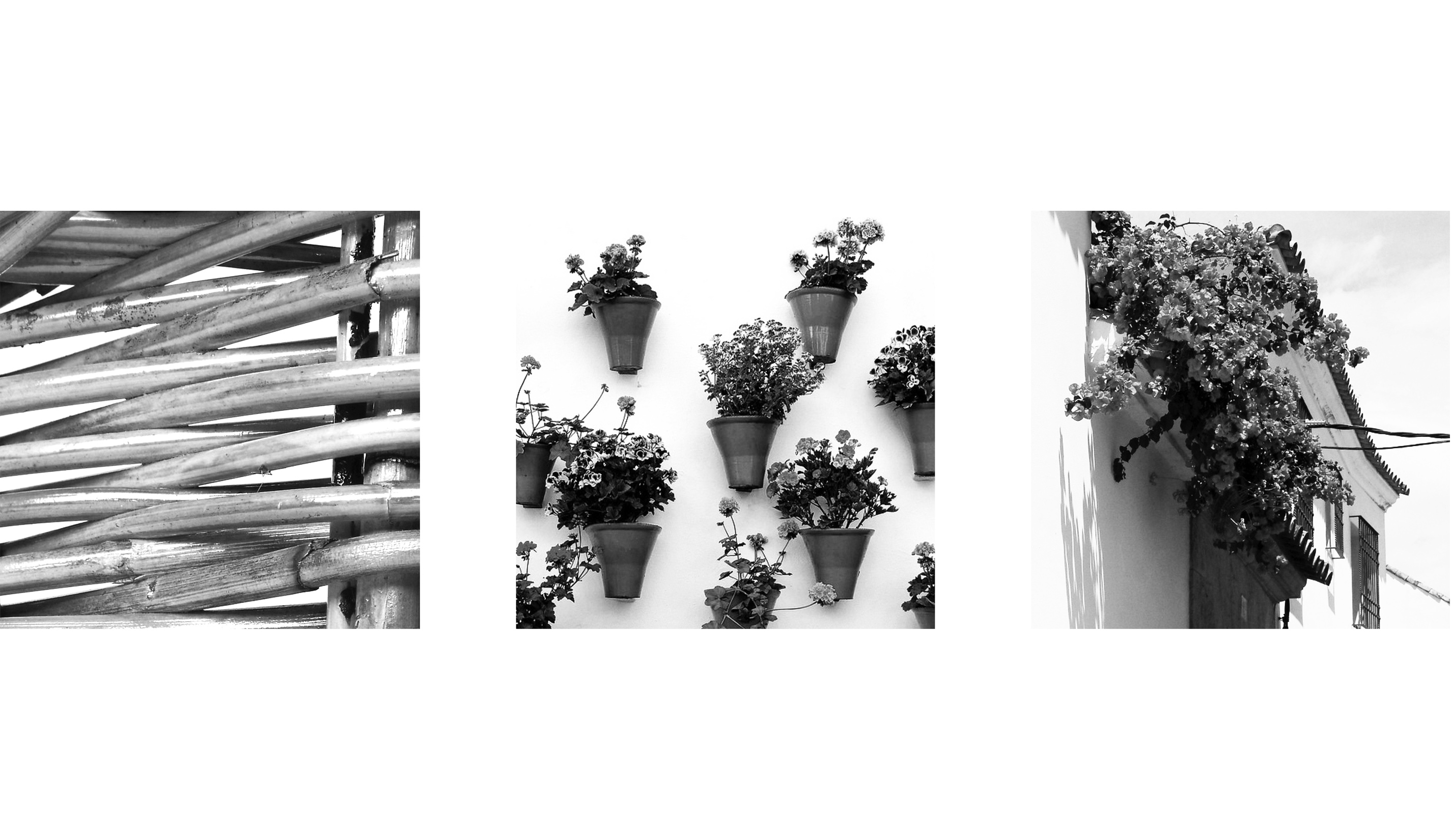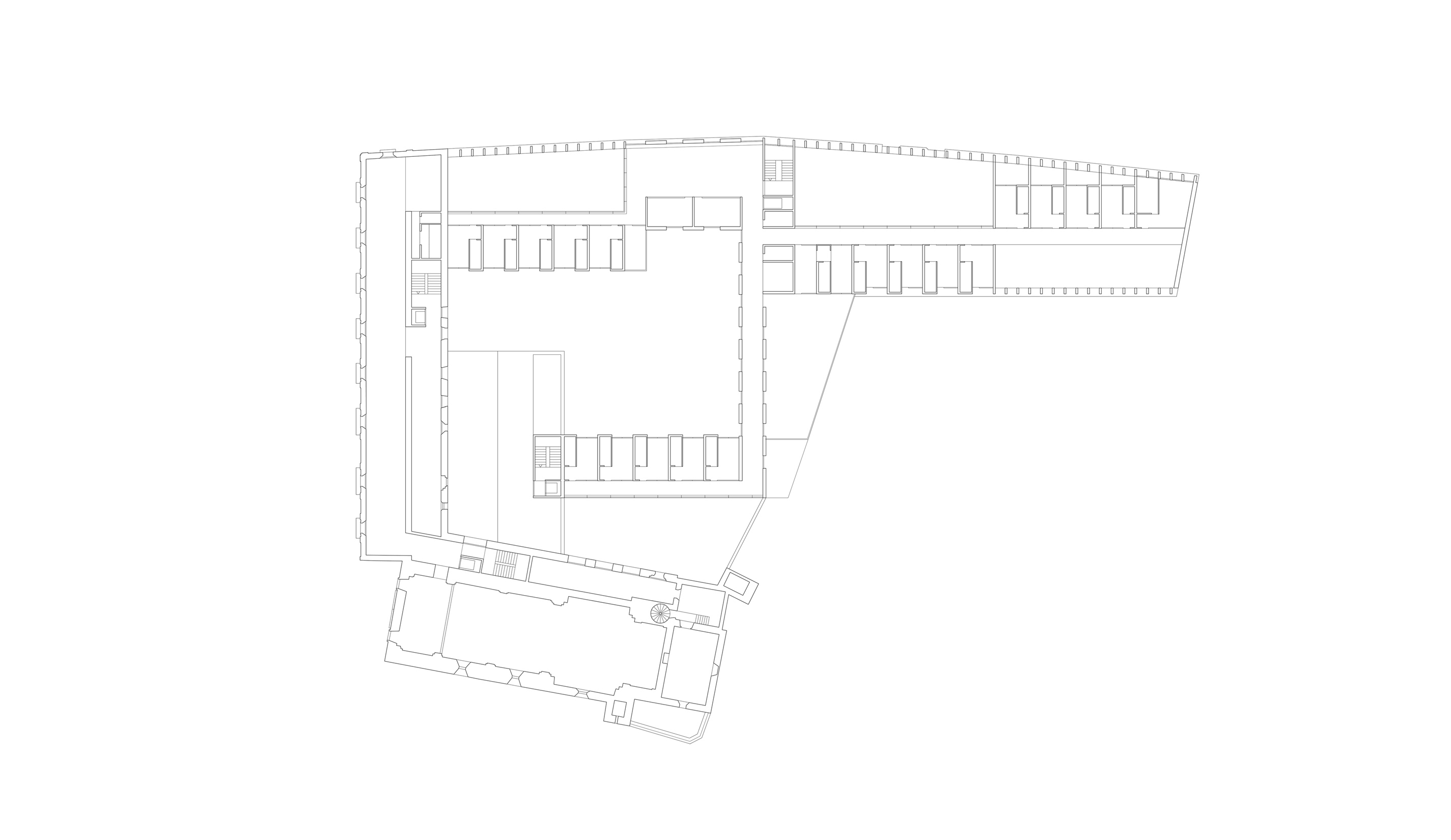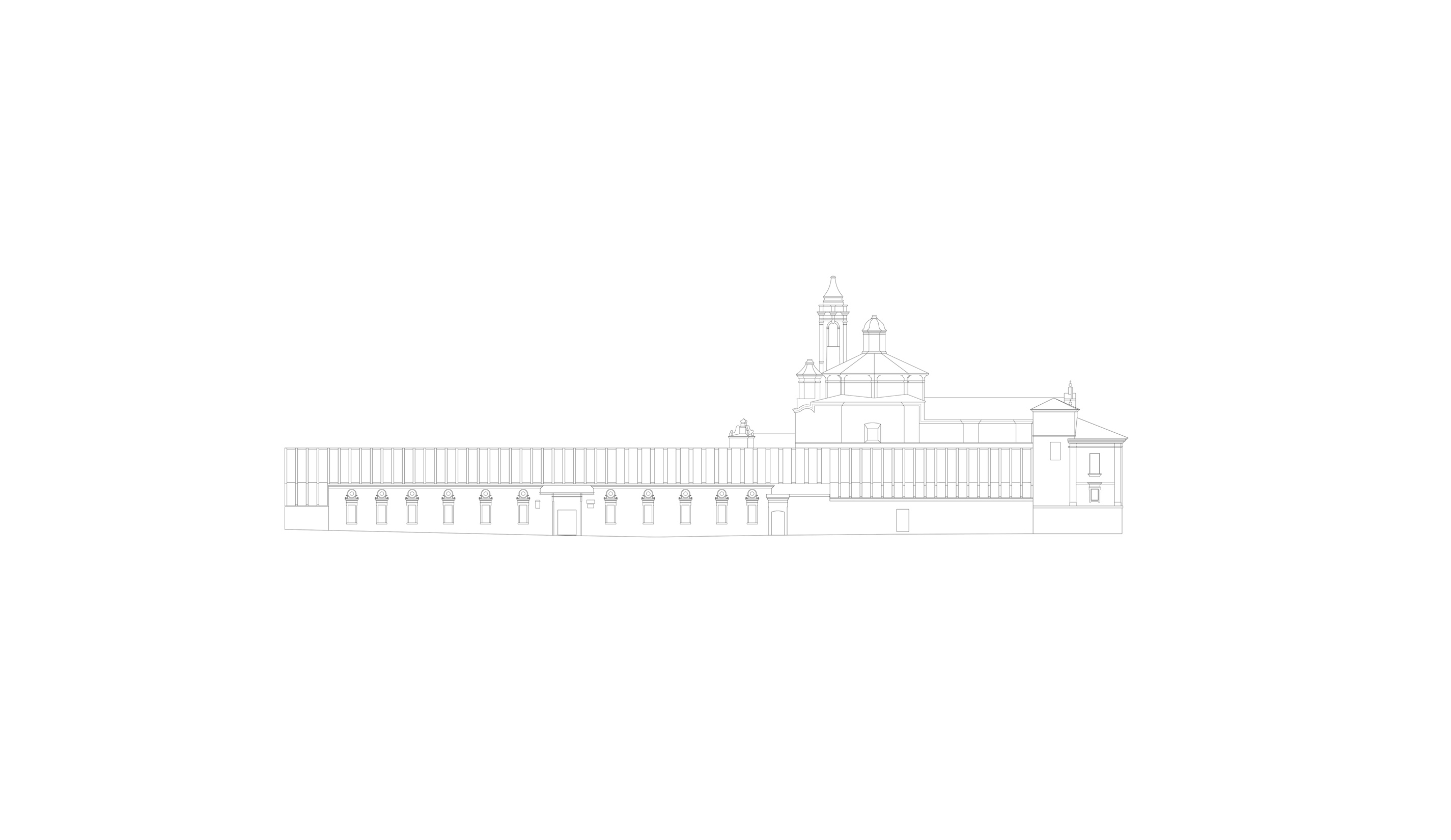








Jardin secreto
It is the feeling of time passing by, together with the overlay of historical traces, that can be perceived in all corners of Fregenal. From the old medieval walls, that have been efficiently used to insert the bull ring and the medieval market in the dense urban fabric, up to the most simple and spontaneous change in the urban landscape materialized by stork nests, this phenomenon can be read as getting close to reality in an indifferent and poetic way. In such context, it looks like gardens take a huge added value, as monumental as their own medieval walls. During summer, inside the sunny white streets of Fregenal, natural explosions of bougainvillea colors arise unexpectedly, through a white lime wall, or a cheerful dance of palm trees blown by the wind. Within the density and homogeneity of the village, nature seems to be involved with a stronger liveliness. These kind of elements, more linked to everyday life and apparently banal, can be interpreted as real monuments, as they explain to us how, behind spontaneity, easy ways that can create the unexpected do exist, to impress the visitor, and create an enjoyable atmosphere from the public village domain. Like storks, in such a spontaneous way, take possession of antique towers or chimneys and clearly define the urban skyline with just their few meshes of shrubs, it looks equally convenient to work on the antique abbey, leaving a simple and essential trace that can create emotions using just one tool: nature. The fundamental idea is to conceive an urban oasis, a vegetal space that occupies the maximum surface of the plot and that invades the heart itself of the building.
project team: Alessandro Tessari, Matteo Bandiera, Nicola Di Pietro, German Pro Lozano, Samuele Evolvi
project: Tourist complex. Fregenal de la Sierra, Spain
status: International competition. Second Prize
date: 09.2010
client: Regional government of Extremadura